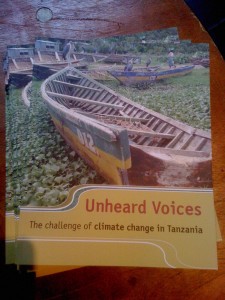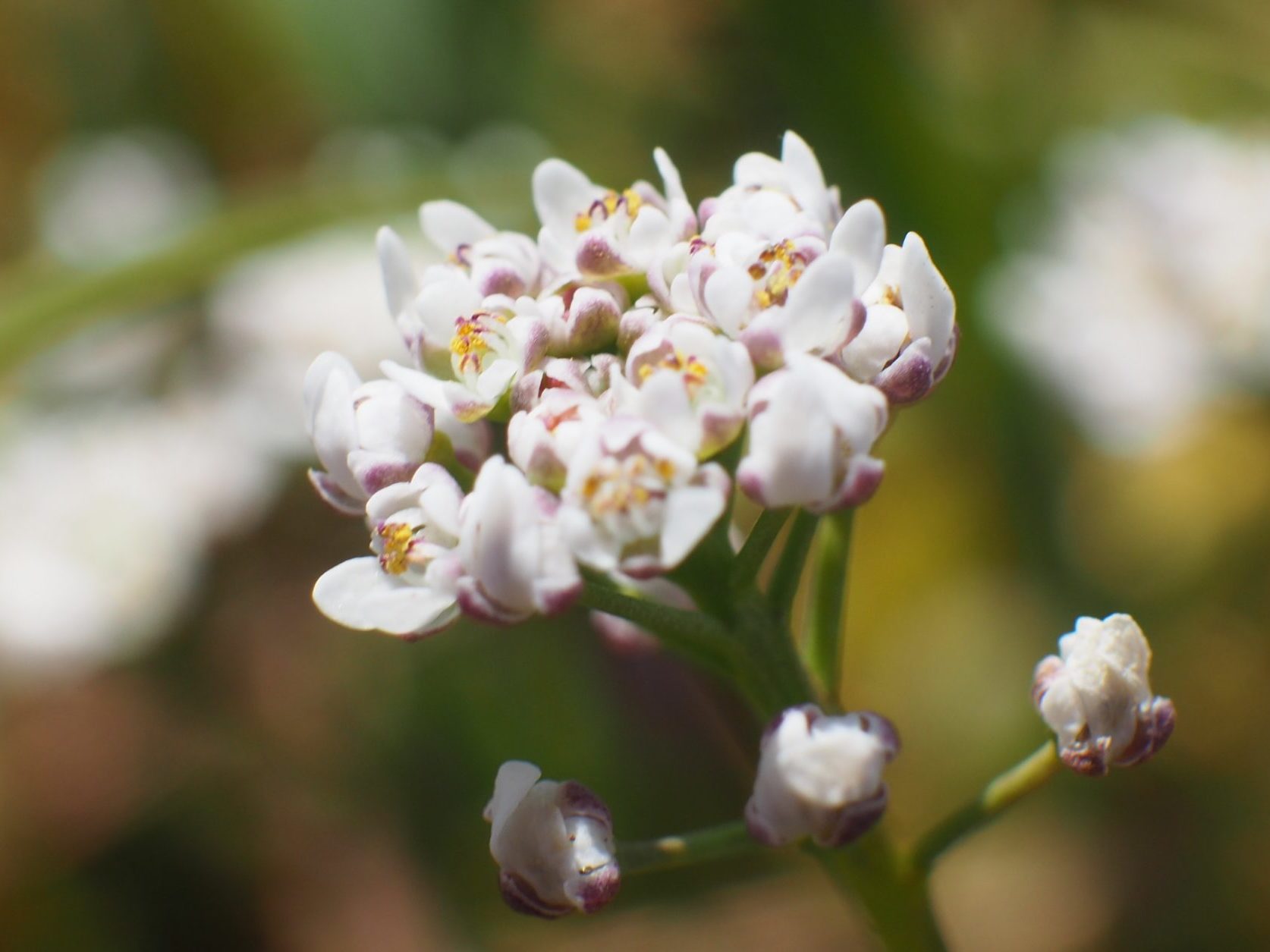There are a million stories in the naked city, and a million cities.
I think one of the first blogs I ever read – and ever loved – was San Francisco Stories. Its author, Derek Powazek, reached around the globe to me with his wonderful storytelling. Later, he started the City Stories project. The lead-in quote on this blog post comes from that site’s tagline. I discussed starting a “Copenhagen Stories” site with someone, but neither of us were committed enough at the time. When I learned that the City Stories project had stopped, I felt partly to blame. I thought it was an excellent idea that deserved to survive.
A recent internet search revealed only one site in Manchester, UK with the city-stories theme. It shows no connection to Powazek’s original theme, but it does continue the idea of anyone sharing their anecdotes and stories. One other search result intrigued me: White City Stories. It takes the city storytelling to another level with its controlled story about Arequipa, Peru, a sister city to Charlotte, North Carolina. By controlled, I mean that the entire site has a fixed purpose or content strategy, as compared to the more user-generated-content idea behind earlier city-stories sites.
Why the storytelling fixation? It comes from my two weeks immersion at the Fresh Air Center during the recent Copenhagen Climate Conference (COP15). There were so many people at the center with fascinating stories to share – their own as well as the stories of others. When the COP15 produced no constructive results, I realized it was left to the people of the world – not the governments – to repair Earth’s climate problems. Storytelling is one powerful way to start those repairs.
You might think that storytelling is a face-to-face experience such as your parents telling you a goodnight story. Actually, it is a mind-to-mind or heart-to-heart experience, which is why it translates so well to the internet. Discussing the technical aspects of climate change can be complicated with all the data involved. How do you explain this topic to the general public when scientists are arguing about it? Storytelling.
Storytelling can help us relate to those people affected by drought, flooding, and other disasters that disrupt or destroy their way of life. For example, Peruvian farmer Cayetano Huanca is a climate witness who told his story in the Fresh Air Center, thanks to Oxfam. Tanzanian farmers tell their stories in the Unheard Voices book put together by Andy, Rachel, and Bob.

There are millions of these stories waiting to be told. They can be loosely collected stories on one site or across many blogs, or they can be edited collections of stories such as the White City project. The storytellers will determine the packaging. The independent bloggers, photojournalists, journalists, video journalists, and citizen journalists started this effort in Copenhagen. It’s a new wave of “city stories”. The stories have always been there, but the number of storytellers and the methods of storyteling have grown tremendously.
How will the audience react? The first step is to listen.

Social comments and analytics for this post…
This post was mentioned on Twitter by storytellin: Tell the story – Mardahl.dk: http://bit.ly/4DYcgn…